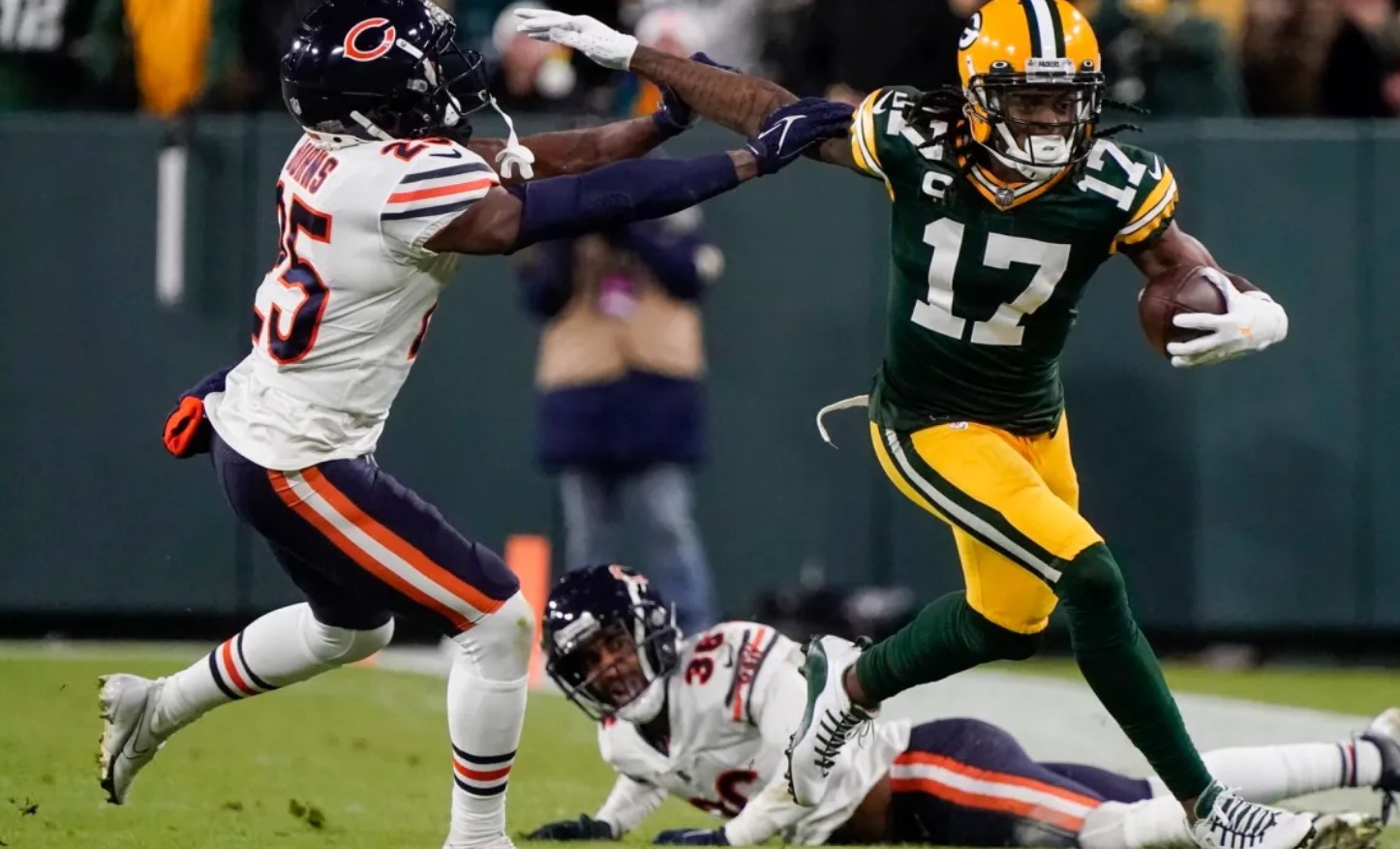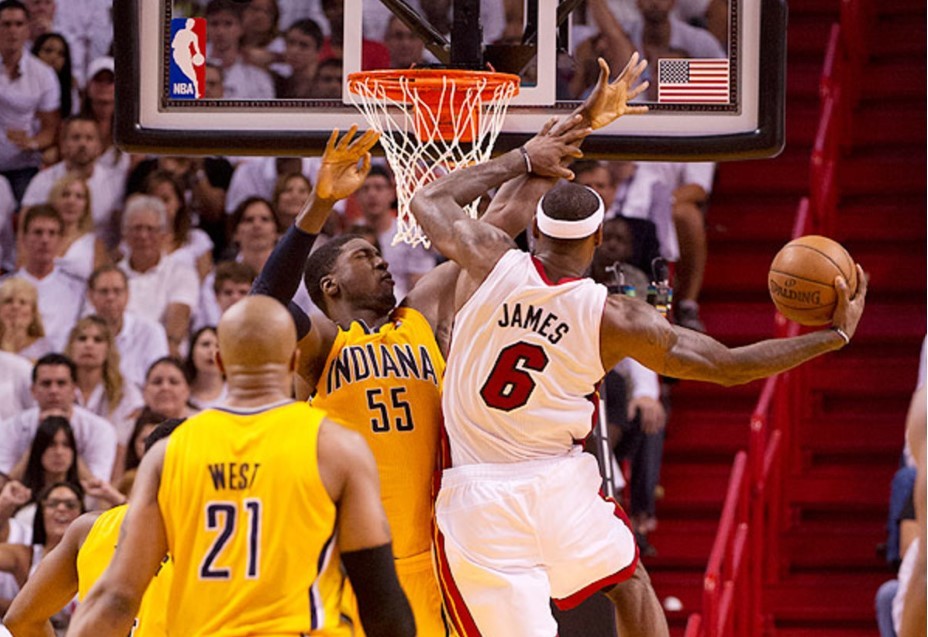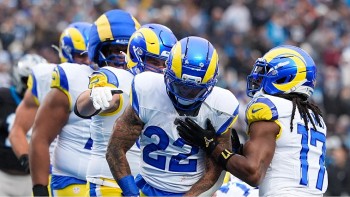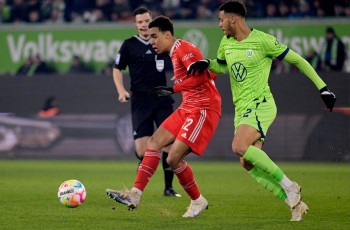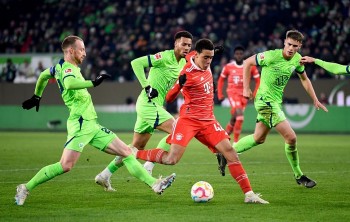How Strong is the German Army – 16th Powerful Militaries In The World
 |
| Germany – Top 16th Strongest Militaries In The World |
The Bundeswehr is the armed forces of the Federal Republic of Germany and their civil administration and procurement authorities. The states of Germany are not allowed to maintain armed forces of their own because the German Constitution states that matters of defense fall into the sole responsibility of the federal government. Here are the history, strength, and powers of the country’s military.
German Military
The Bundeswehr (meaning literally: Federal Defence) is the armed forces of the Federal Republic of Germany and their civil administration and procurement authorities. The states of Germany are not allowed to maintain armed forces of their own because the German Constitution states that matters of defense fall into the sole responsibility of the federal government.
The Bundeswehr is divided into a military part (armed forces or Streitkräfte) and a civil part with the armed forces administration (Wehrverwaltung). The military part of the federal defense force consists of the German Army, the German Navy, the German Air Force, the Joint Support Service, the Joint Medical Service, and the Cyber and Information Domain Service.
German Military Strength
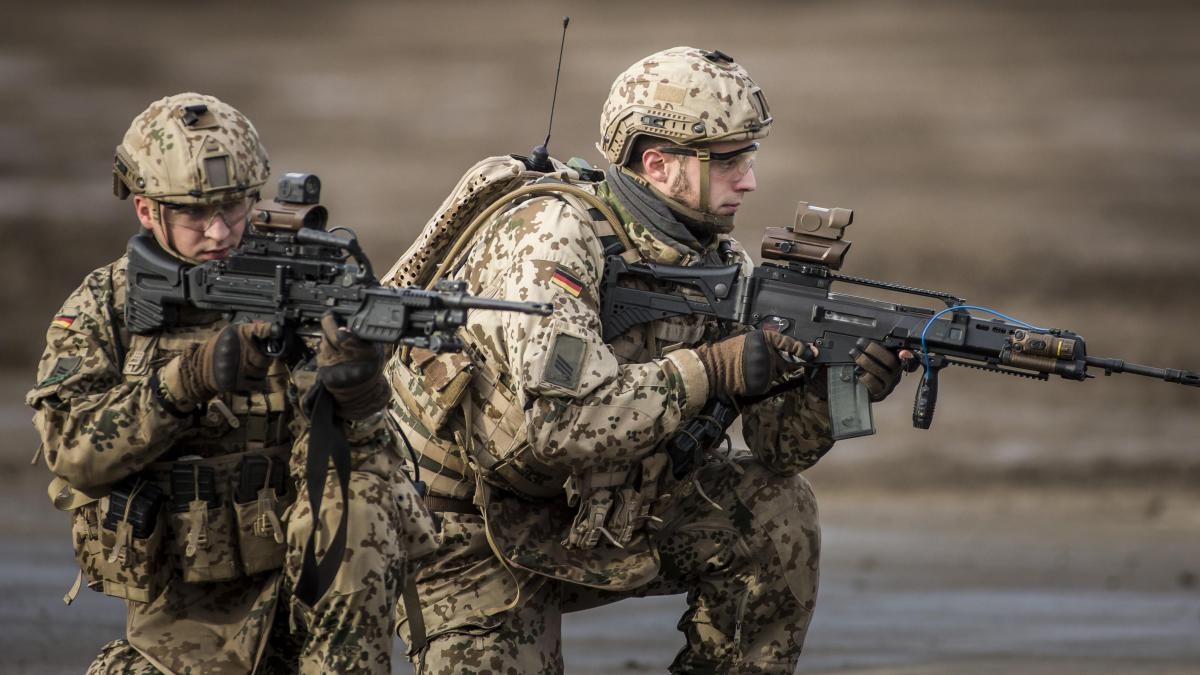 |
| Photo: The Times |
For 2022, Germany is ranked 16 of 140 out of the countries considered for the annual GFP review. It holds a PwrIndx score of 0.2322 (a score of 0.0000 is considered 'perfect').
Germany has a top notch military, but the active military is quite small in number, a little over 100,007 in number (64k Army, 16K Navy, 27k Air Force). They have large reserves, however, and top of the line gear.
As of December 2021, the Bundeswehr has a strength of 183,695 active-duty military personnel and 81,931 civilians, placing it among the 30 largest military forces in the world and making it the second largest in the European Union behind France in personnel. In addition the Bundeswehr has approximately 30,050 reserve personnel (2020). With German military expenditures at $52.8 billion, the Bundeswehr is the seventh best-funded military in the world, even though military expenditures remain average at 1.4% of national GDP, well below the (non-binding) NATO target of 2%. Germany aims to expand the Bundeswehr to around 203,000 soldiers by 2025 to better cope with increasing responsibilities.
German Military branches
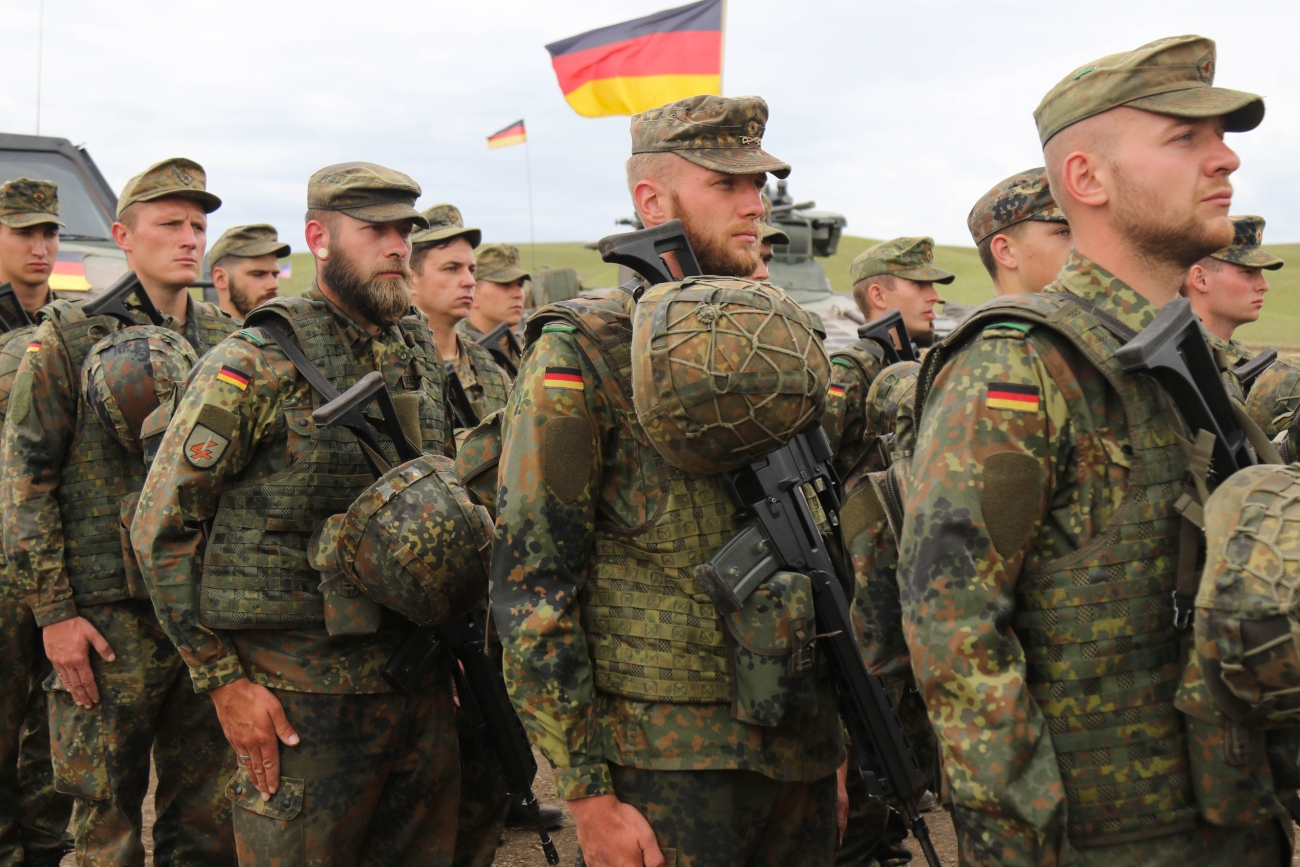 |
| Photo: Getty Images |
Military branches: Federal Armed Forces (Bundeswehr): Army (Heer), Navy (Deutsche Marine, includes naval air arm), Air Force (Luftwaffe, includes air defense), Joint Support Service (Streitkraeftebasis, SKB), Central Medical Service (Zentraler Sanitaetsdienst, ZSanDstBw), Cyber and Information Space Command (Kommando Cyber- und Informationsraum, Kdo CIR) (2021)
Army (Heer)
The German Army (German: Heer, "army") is the land component of the armed forces of Germany. The present-day German Army was founded in 1955 as part of the newly formed West German Bundeswehr together with the Marine (German Navy) and the Luftwaffe (German Air Force). As of April 2020, the German Army had a strength of 64,036 soldiers.
A German army equipped, organized, and trained following a single doctrine and permanently unified under one command in 1871 during the unification of Germany under the leadership of Prussia. From 1871 to 1919, the title Deutsches Heer (German Army) was the official name of the German land forces. Following the German defeat in World War I and the end of the German Empire, the main army was dissolved. From 1921 to 1935 the name of the German land forces was the Reichsheer (Army of the Empire) and from 1935 to 1945 the name Heer was used. The Heer was one of two ground forces of the Third Reich during World War II but, unlike the Heer, the Waffen-SS was not a branch of the Wehrmacht but was a combat force under the Nazi Party's own Schutzstaffel forces. The Heer was formally disbanded in August 1946.
After World War II, Germany was divided into the Federal Republic of Germany (West Germany) and the German Democratic Republic (East Germany), which both formed their own militaries: on 12 November 1955 the first recruits began their service in the West German Heer, while on 1 March 1956 the East German Landstreitkräfte der NVA (Land Forces of the National People's Army) were founded. During the Cold War, the West German Army was fully integrated into NATO's command structure while the Landstreitkräfte were part of the Warsaw Pact. Following the process of German reunification in 1990, the Landstreitkräfte were partially integrated into the German Army. Since then, the German Army has been employed in peacekeeping operations worldwide and since 2002 also in combat operations in Afghanistan as part of NATO's International Security Assistance Force.
Navy
The German Navy is the navy of Germany and part of the unified Bundeswehr (Federal Defense), the German Armed Forces. The German Navy was originally known as the Bundesmarine (Federal Navy) from 1956 to 1995, when Deutsche Marine (German Navy) became the unofficial name with respect to the 1990 incorporation of the East German Volksmarine (People's Navy). It is deeply integrated into the NATO alliance. Its primary mission is protection of Germany's territorial waters and maritime infrastructure as well as sea lines of communication. Apart from this, the German Navy participates in peacekeeping operations, and renders humanitarian assistance and disaster relief. They also participate in anti-piracy operations.
German warships permanently participate in all four NATO Maritime Groups. The German Navy is also engaged in operations against international terrorism such as Operation Enduring Freedom and NATO Operation Active Endeavour.
Presently the largest operation the German Navy is participating in is UNIFIL off the coast of Lebanon. The German contribution to this operation is two frigates, four fast attack craft, and two auxiliary vessels. The naval component of UNIFIL has been under German command.
Air Force
The German Air Force is the aerial warfare branch of the Bundeswehr, the armed forces of Germany. The German Air Force (as part of the Bundeswehr) was founded in 1956 during the era of the Cold War as the aerial warfare branch of the armed forces of then West Germany. After the reunification of West and East Germany in 1990, it integrated parts of the air force of the former German Democratic Republic, which itself had been founded in 1956 as part of the National People's Army. There is no organizational continuity between the current German Air Force and the former Luftwaffe of the Wehrmacht founded in 1935, which was completely disbanded in 1945/46 after World War II. The term Luftwaffe that is used for both the historic and the current German air force is the German-language generic designation of any air force.
The commander of the German Air Force is Lieutenant General Ingo Gerhartz. As of 2015, the German Air Force uses eleven air bases, two of which host no flying units. Furthermore, the Air Force has a presence at three civil airports. In 2012, the German Air Force had an authorized strength of 28,475 active airmen and 4,914 reservists.
Joint Support Service
The Joint Support Service (German: Streitkräftebasis, SKB, literally Armed Forces Foundation) is a branch of the German Bundeswehr established in October 2000 as a result of major reforms of the Bundeswehr. It handles various logistic and organisational tasks of the Bundeswehr. The SKB is one of six components of the Bundeswehr, the other five being the Army, Navy, Air Force, the Joint Medical Service, and the Cyber and Information Domain Service. As of April 2020, the force is composed of 27,840 personnel. In May 2021 the minister of defense Annegret Kramp-Karrenbauer together with inspector general Eberhard Zorn published a plan to dissolve the Joint Support Service and to reintegrate its units into the army, navy, airforce and cyber command.
Central Medical Service
The Joint Medical Service (German: Zentraler Sanitätsdienst der Bundeswehr) is a part of the Bundeswehr, the armed forces of Germany and serves all three armed services (Army, Navy and Air Force, as well as the Cyber and Information Domain Service). However, members of the central medical corps remain members of their respective military branches. Only a few specialized medical units such as the medical care for divers and aircraft crews are not incorporated in the Joint Medical Service. Prior to 2002 each military branch had its own medical service. The services were then largely merged, forming the Joint Medical Service. In May 2021 the minister of defense Annegret Kramp-Karrenbauer together with Inspector General of the Bundeswehr Eberhard Zorn published a plan to dissolve the Joint Medical Service and to reintegrate its units into the army, navy, airforce and cyber command.
Cyber and Information Space Command
The Cyber and Information Domain Service (German: Kommando Cyber- und Informationsraum; KdoCIR) is the youngest branch of Germany's military, the Bundeswehr. The decision to form a new military branch was presented by Defense Minister Ursula von der Leyen on 26 April 2016, becoming operational on 5 April 2017. The headquarter of the Cyber and Information Domain Service is Bonn.
German Military missions and personnel
On these operations abroad, the Bundeswehr makes important contributions to global security and stability. German military personnel have a wide variety of tasks. For example, they train other armed forces, advise security authorities and provide medical care. The Bundeswehr monitors various maritime areas, preventing piracy and protecting World Food Programme shipments. Together with its Allies, the Bundeswehr protects NATO’s eastern flank in Lithuania.
The Bundeswehr Joint Forces Operations Command is located outside Potsdam, near Berlin. Bundeswehr operations are planned and conducted at this command, which is directly subordinate to the Federal Ministry of Defence. As the operational level of command, the Bundeswehr Joint Forces Operations Command issues the national orders for the contingent commanders in the mission areas. The Bundeswehr Joint Forces Operations Command ensures that the deployment of German forces is in compliance with the mandate and does not violate the laws and regulations of the Federal Republic of Germany. The Commander of the Bundeswehr Joint Forces Operations Command is responsible to the Chief of Defence for command and control of the operational forces subordinate to the Commander.
Military personnel are currently serving on twelve operations on three continents. They have a wide variety of tasks. For example, German soldiers train Malian, Iraqi, Afghan and Lebanese forces on different missions. On these and other missions, the Bundeswehr also advises national security authorities. In addition, the Bundeswehr monitors various maritime areas. In Operation Atalanta, military personnel help prevent piracy and protect World Food Programme shipments. The Bundeswehr’s largest operation is its contribution to NATO’s Resolute Support Mission in Afghanistan with more than 1,000 deployed soldiers. It is the Bundeswehr’s task to train and advise Afghan defence and security forces. Almost 900 German soldiers are deployed on the United Nations-led MINUSMAUnited Nations Multidimensional Integrated Stabilization Mission in Mali mission in Mali. On this stabilisation mission, the military personnel support the implementation of the Agreement for Peace and Reconciliation in Mali. They monitor ceasefire agreements and support confidence-building measures between the parties to the conflict.
The Bundeswehr supports peace efforts in other UNUnited Nations missions, such as in Lebanon (UNIFIL), Sudan (UNAMIDUnited Nations - African Union Hybrid Operation in Darfur), South Sudan (UNMISS), Western Sahara (MINURSOUnited Nations Mission for the Referendum in Western Sahara) and Yemen (UNMHA).
Altogether, approximately 2,700 military personnel are currently deployed on operations abroad.
Military history of Germany: Military Today
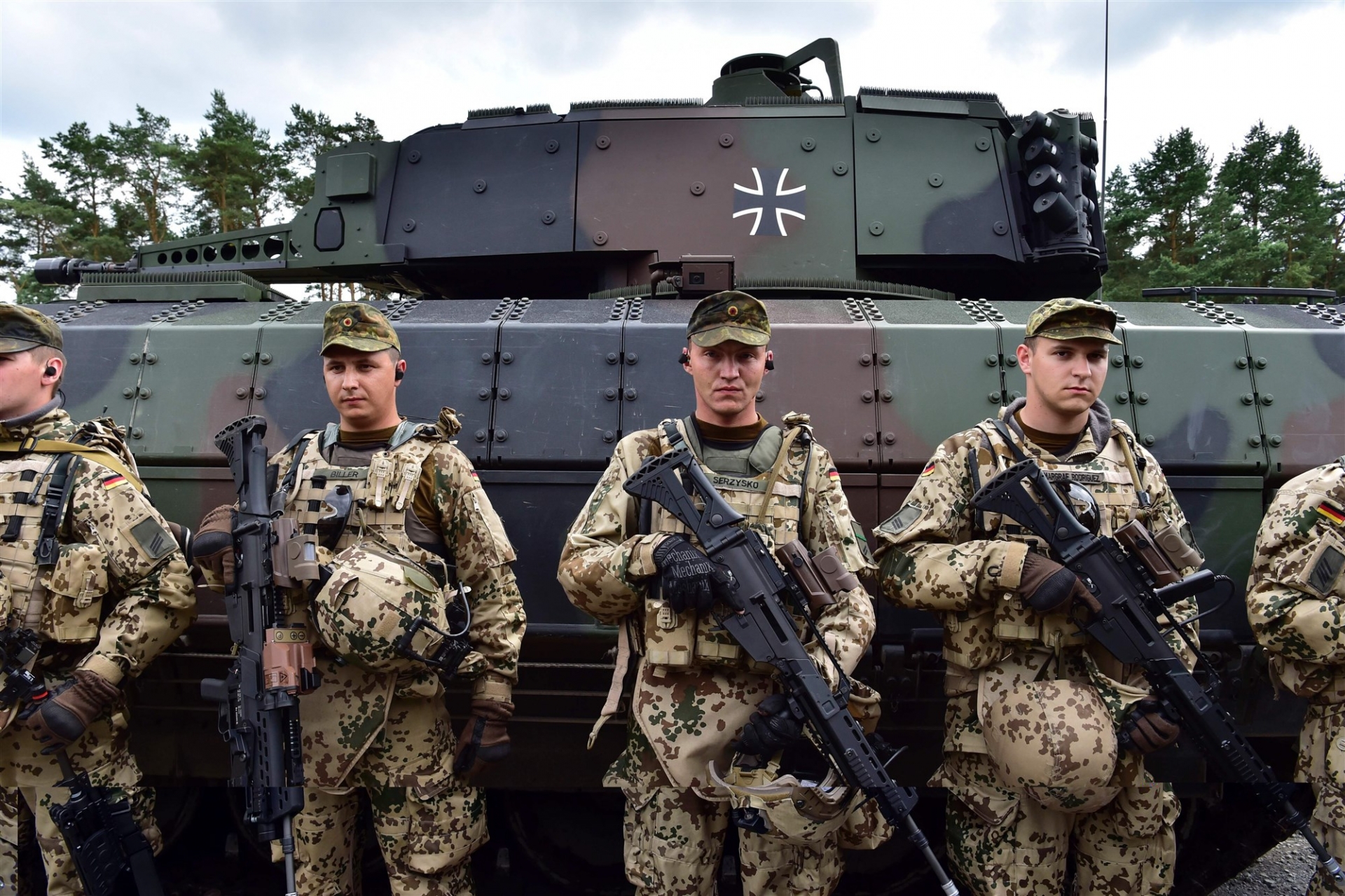 |
| Photo: The Defense Post |
German reunification
In the Treaty on the Final Settlement with Respect to Germany (1990), Germany agreed to reduce the strength of its combined armed forces to no more than 370,000 men. After reunification, the Bundeswehr absorbed parts of the Nationale Volksarmee of the GDR, which was being dissolved. In 1999, the NATO war on Yugoslavia in Kosovo was the first offensive conflict in which the German military actively took part since the Second World War. In 2000, the European Court of Justice opened up the previously all-male (besides medical divisions and the music corps) Bundeswehr to women. Since the early 1990s, the Bundeswehr has become more and more engaged in international peacekeeping missions in and around the former Yugoslavia but also in other parts of the world such as Cambodia, Somalia, Djibouti, Georgia and Sudan.
War on Terrorism
As part of Operation Enduring Freedom as a response to those attacks, Germany deployed approximately 2,250 troops including KSK special forces, naval vessels and NBC cleanup teams to Afghanistan. German forces have contributed to ISAF, the NATO force in Afghanistan, and a Provincial Reconstruction Team. German army CH-53 helicopters have deployed to Afghanistan, one crashed in December 2002 in Kabul, killing seven German soldiers. Eleven other German soldiers have been killed: four in two different ordnance-defusing accidents, one in a vehicle accident, five in two separate suicide bombings, and one in landmine explosion. German forces WAS in the more secure north of the country and Germany, along with some other larger European countries (with the exception of the UK, Estonia, the Netherlands and Norway), and was criticised for not taking part in the more intensive combat operations in southern Afghanistan in 2006.
Reorientation of the Bundeswehr
A major event for the German military was the suspension of the compulsory conscription for men in 2011. In 2011/12, a major reform of the Bundeswehr was announced, further limiting the number of military bases and soldiers. As of December 2012, the number of active military personnel in the Bundeswehr was down to 191,818, corresponding to a ratio of 2.3 active soldiers per 1,000 inhabitants. Military expenditure in Germany was at €31.55 billion in 2011, corresponding to 1.2% of GDP. Both the number of active soldiers and the military expenditure placed Germany below comparable countries of the European Union such as France and the United Kingdom. While this was already true in absolute terms, the difference was even more pronounced when taking into account Germany's larger population and economy. Thus, today's Germany appears to be less prepared to pay for the military and to attach less importance to defense than comparable countries. This stance often draws criticism from Germany's military allies, especially the United States.
Reduction of foreign armed forces
Whereas Soviet/ Russian soldiers after the end of the Cold War have left reunified Germany completely, the United States have only reduced their forces, maintaining a significant (47,761) contingent as of 2012. The British Armed Forces will discontinue their deployment in Germany by 2020. French soldiers will continue to be deployed on German soil as a part of the Franco-German Brigade.
German Military Weapons
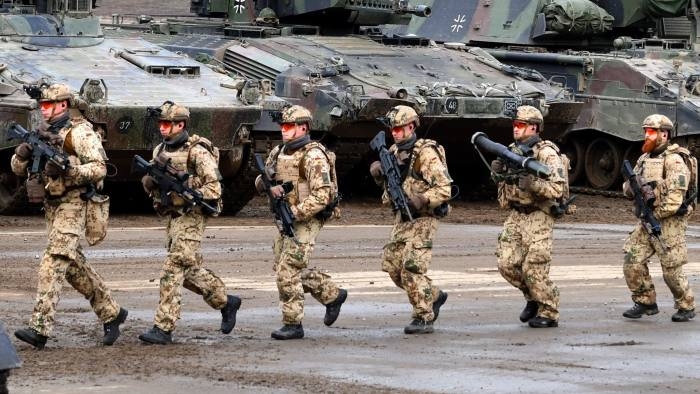 |
| Photo: Financial Times |
Weapons of World War I
Depth charge: Depth charges were first developed by the Royal Navy during World War I to combat German submarines.
Military aircraft: World War I was a crucible for military aircraft development. Between 1914 and 1918, planes advanced from barely airworthy craft to effective weapons platforms.
Rifle: Infantry weapons underwent a massive change in the late 19th century, as repeating rifles entered widespread use. The World War I infantryman could produce a volume of fire that dwarfed that of his mid-19th-century predecessors.
Zeppelin: German airships achieved moderate success in long-range bombing operations, as Zeppelins could attain higher altitudes than the airplanes of the era.
Chemical weapons: Chemical weapons, such as diphosgene and mustard gas, were employed extensively on the Western Front.
Artillery: Artillery literally shaped the battlefield in World War I. It ranged in size from the French 75-mm field gun to the massive 420-mm Big Bertha and the 210-mm Paris Gun.
Cavalry: Despite the advances in technology, cavalry retained a significant role in World War I, and horses died by the millions in the conflict.
Battleship: The age of the battleship reached its apotheosis in World War I, as even the Dreadnought, the archetypal "big-gun" ship, found itself outgunned. Super dreadnoughts, such as the HMS Orion, ruled the waves; their reign was short, however, as developments in naval aviation would soon render such ships obsolete.
Machine gun: Machine guns were an exceptionally lethal addition to the battlefield in World War I. Heavy guns, such as the Maxim and Hotchkiss, made “no man's land” a killing zone, and Isaac Newton Lewis's light machine gun saw widespread use at the squad level and as an aircraft armament.
Tank: Tanks were used primarily in a supporting role. The armoured vehicle would not truly come into its own until the doctrines of J.F.C. Fuller and Basil Liddell Hart were more widely adopted in World War II.
Unexploded ordnance: The French government estimates that millions of unexploded shells from World War I remain buried or undiscovered in the French countryside. Every year, bomb-clearing units remove more than 40 tons of unexploded munitions from the Verdun area alone.
Weapons of World War II
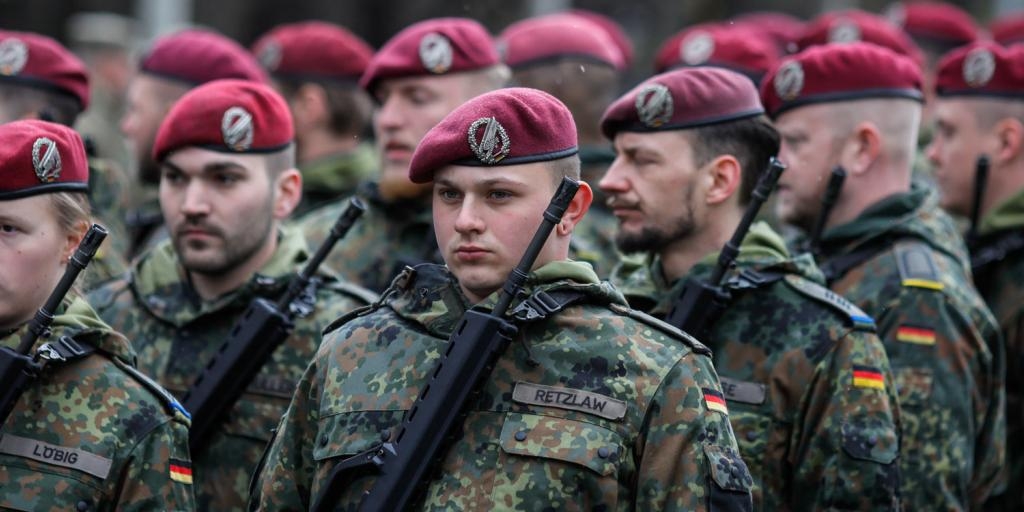 |
| Photo: Tomorrow's World |
The standard German infantry weapon was the rifle, originally designed by Mauser, and dubbed the Karabiner 98k. This weapon was a 5-shot, bolt-action rifle that actually dated back to 1898 when it was first adopted by the Imperial German Army.
It was a standard-issue for German troops in WWI and, in its modified 98k version (k for Kurz, or short), in WWII as well.
While the German standard rifle was a bolt action rifle, the Germans did attempt to design a successful automatic rifle as well. Two designs were submitted for trials in 1941, one by Walther (the maker of the famous PPK and the P38 pistols), and the other was submitted by Mauser.
The Mauser design won out over the simpler Walther design and many thousands of the Gewehr 41(W) were made available to the troops on the Eastern Front. After initial use, results were less than satisfactory and as soon as a better design came along, production was halted.
SUBMACHINE GUNS
The most common submachine gun used by the Germans during WWII was the MP40. Many times the term “Schmeisser” is used in reference to a German submachine gun. While it is true that the Schmeisser firm did create and produce its own submachine gun design, it was less than perfect and prone to trouble.
The MP40 was not manufactured by Schmeisser, and the weapon was far more simple and had a much cleaner design, thus it became the standard issue for German troops.
An earlier design called MP38 had a similar appearance and saw widespread distribution. A less known model called Erma was also produced as well as a German copy of the British STEN gun, called MP3008.
In late 1943, the MP44 (the most commonly found German assault rifle from the war) was developed, though being basically the same thing as its predecessor.
In 1945, Mauser had begun work on a new type of assault rifle (sometimes called the StG45(M), sometimes the Gerat O6), that used a roller-locking mechanism (like that of the MP5), which slowed the ROF down to 450 RPS. However, these rifles never made it past the prototype phase.
LIGHT MACHINE GUNS
The Germans settled on two light machine gun designs and used them throughout the war, the MG34 and MG42.
The MG42 went on to become the standard design for a light machine gun for NATO and is now used in a more modern form by the US military as the M-60! The new German Army continues to use a less modified but still modernized version of the MG42 as their standard light machine gun.
MINES
The Germans used an assortment of mines. One is referred to as a “pot mine”. An acid would ignite the primer when the vile it was in was crushed and the primer would explode the main charge. This was an anti-personnel mine.
Another mine was the “S-Mine” or “shrapnel-mine”. It was buried with a couple of trigger wires sticking out of the ground, and when tripped, it would launch into the air and explode showering the area with high-velocity steel balls. The S-Mine was used as an anti-personnel mine also.
The standard anti-tank mine in use was called the “Tellermine” and contained one pound of TNT. It was a large flattened circular plate-shaped mine with a carrying handle on one side. The Tellermine had a pull ignitor for special use, or more commonly, the centrally mounted detonator charge was screwed into the base charge. It took 350 pounds to set off this mine and it could rip the tracks off any tank.
ANTI-TANK GUNS
German PAK or anti-tank gun design changed with the demands of war. The standard infantry anti-tank weapon was the PAK38 – a 50mm AT gun roughly equivalent to the British 6 pounder AT gun. It was used throughout the war by the Germans.
The PAK40 was Rheinmettal’s scaled-up version of the PAK38 and was a 75mm AT weapon produced in 1940.
The KruppPAK41 was the answer to the demand for even heavier weapons in the anti-tank role. It used a brilliant design of a tapered barrel that went from 75mm at the breech to 55mm at the muzzle. Its overwhelming performance allowed it to defeat any tank in the world. Unfortunately, the shortage of tungsten, needed for the special shot, shortened its life.
The German PAK44K prototypes were ready before the gun carriages were built so they were mounted on captured French 155mm GFP-T carriages. The increased recoil of the heavier gun prevented the combination from being particularly successful.
RAIL GUNS
The Germans also had an assortment of rail guns, huge artillery pieces mounted on railroad cars, and self-propelled mortars that crawled about on huge tracked carriages.
One such mortar or “Mörser” was the 600mm “Karl” battery. It weighed 132 tons, was 35 feet long, and moved at 3 mph by a 580hp diesel engine. It had a ground crew of 109 men and it could fire a 4,850-pound mortar round that could penetrate 98inches of concrete or 17-3/4″ of armor.
The railguns were even larger yet, the 800mm Kanone “DORA” had a range of 29 miles, a crew of 250 men for assembly and firing, and 4,120 men in all. It could fire one 10,500 pound shell that measured 25 feet long plus the length of the case at a rate of 2 rounds per hour.
The 280mm KS(E) rail gun was 95 feet long, weighed 479,600 pounds. and could fire a projectile 38 miles. It used a crew of 10 for firing.
HOWITZERS
The Germans also fielded a wide assortment of howitzers. The 105mm Leichte Feldhaubitze 18M L/28 or 105mm light field howitzer fired at a rate of 6-8rounds per minute up to a range of 13,377 yards and was manned by a crew of 6. The 105mm Leichte Feldhaubitze 43 L/28 had a range of 17,875 yards at a rate of6 rounds per minute with a crew of 6.
One of the most widely used field pieces by the Germans was the six-barreled rocket launcher called the “Nebelwerfer”. The weapon fired a heavy projectile from a light carriage. The tubes had to be fired one at a time taking 10 seconds to complete to keep the weapon from overturning. It wasn’t very accurate, but could be reloaded in 90 seconds and was very maneuverable. It had a range of 7,330 yards with high explosives and 7,750 yards with smoke shells. The rockets weighed 75.3 pounds for HE and 78 pounds for smoke.
ARMORED VEHICLES
German armored vehicles like the Sud Kampffahrzeug or SdKfz were commonplace. The German variant of the US Whiting M3 half-track was the SdKfz 250 and 251. the difference is the overall size of the vehicle in the two models. These served as infantry carriers in the forward areas for the Panzergrenadier to ride in so they could keep up with fast-moving armor.
The Germans also developed a half-track lorry or a cargo truck called the Maultier or Mule which was built mainly by Opel and based on the Opel Blitz 3 ton military truck, except the rear wheels were replaced by a pair of tracks.
With the rising caliber and size of field artillery and anti-tank guns, the weight of the weapons increased as well. A tracked prime mover was designed and produced as the SdKfz 7. This vehicle was a huge 8 ton tracked truck. The tracks would run nearly the length of the vehicle and top a few feet short of the front wheels.
It had three large bench style seats and a large cargo area behind the last row of seats. The SdKfz 7 was used to pull the larger artillery and AT weapons like the FlaK 88. It was manned by two men and could carry 9 more men as well as all the stores and the towed weapon.
 How America Has No.1 Militaries In The World and Fact-Check How America Has No.1 Militaries In The World and Fact-Check For 2022, United States is ranked 1 of 140 out of the countries considered for the annual GFP review. How to Maintain 'American Military Dominance' ... |
 Military Strengths of Russia and Ukraine in Latest Comparison Military Strengths of Russia and Ukraine in Latest Comparison Russia is mobilizing a massive combat force near its border with Ukraine that includes tanks, artillery, rockets, and other heavy weaponry. How does Russia’s military ... |
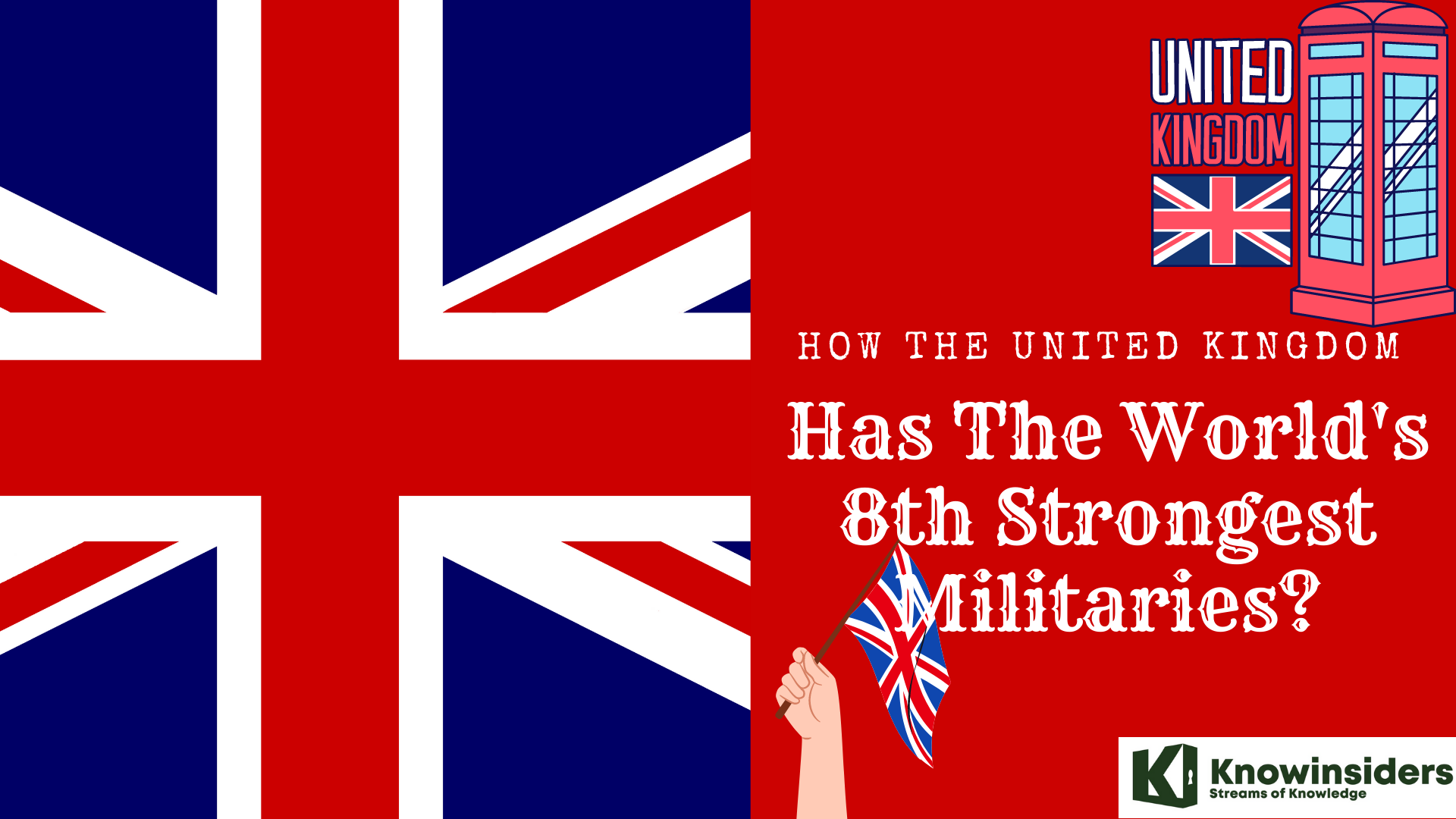 British Army - Ranked 8th Strongest Militaries In The World British Army - Ranked 8th Strongest Militaries In The World United Kingdom is ranked 8 of 140 out of the countries considered for the annual Global Firepower Index (GFP) review. How UK Has The 8th ... |
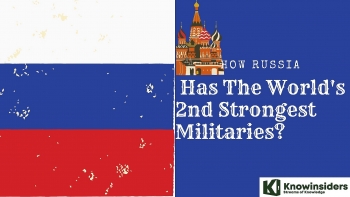 Russian Army - Ranked 2nd Strongest Militaries in the World Russian Army - Ranked 2nd Strongest Militaries in the World Russia is ranked 2 of 140 out of the countries considered for the annual The Global Firepower Index (GFP) review. We will learn about the ... |


